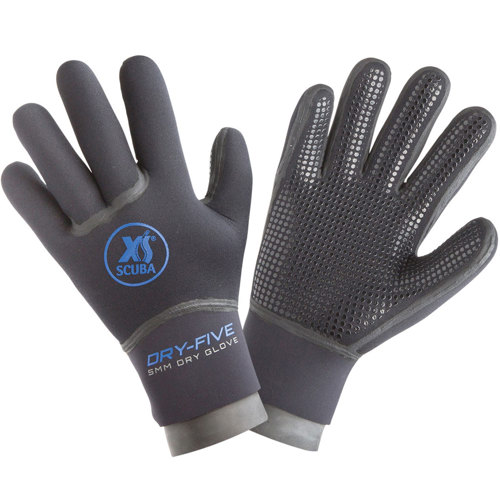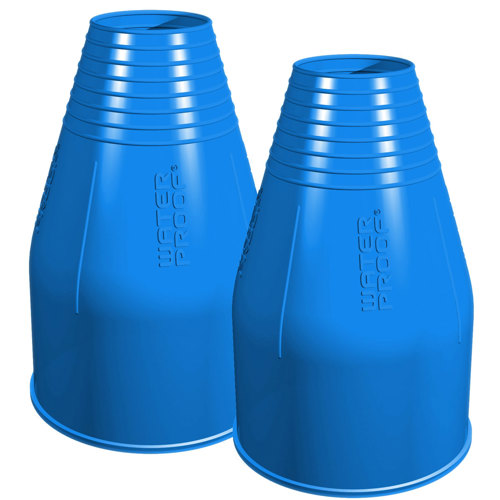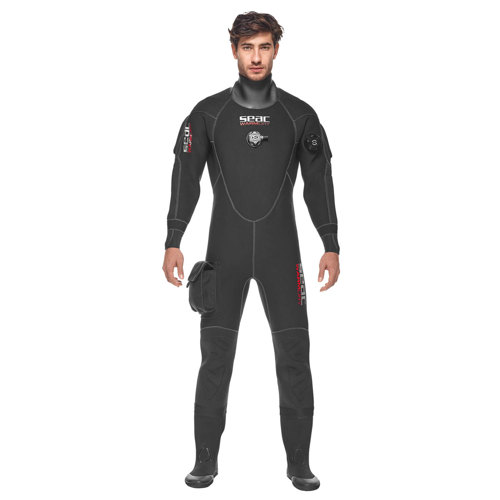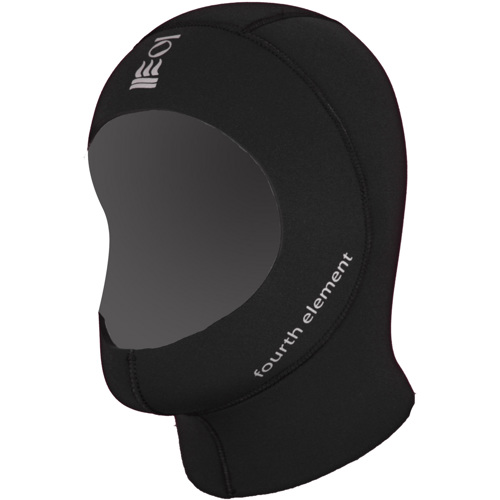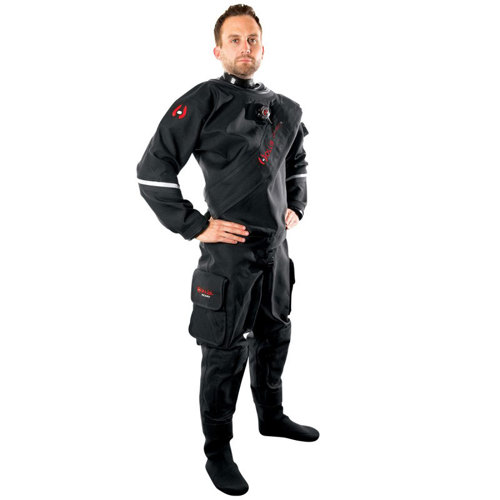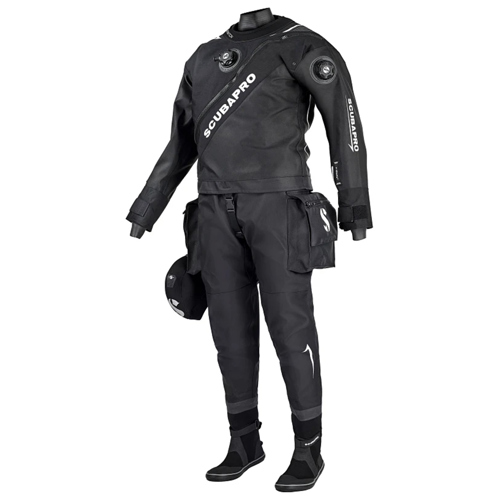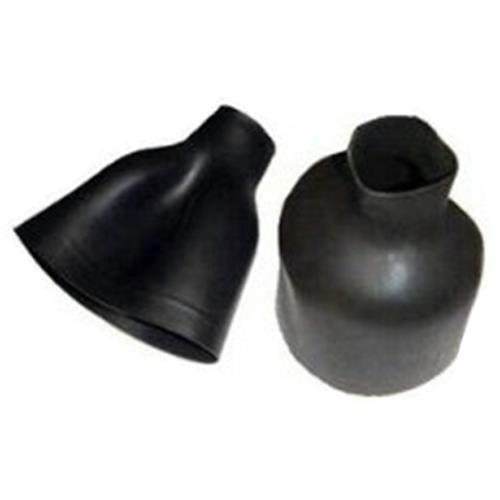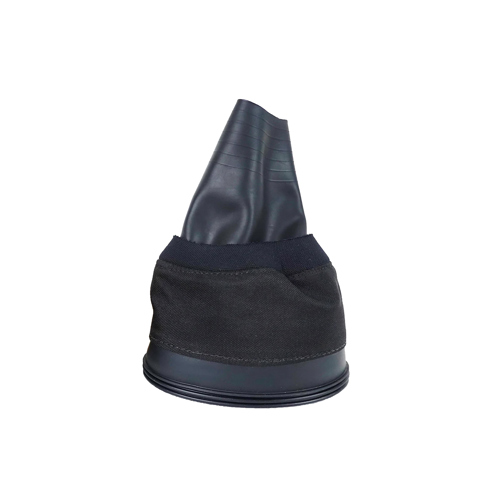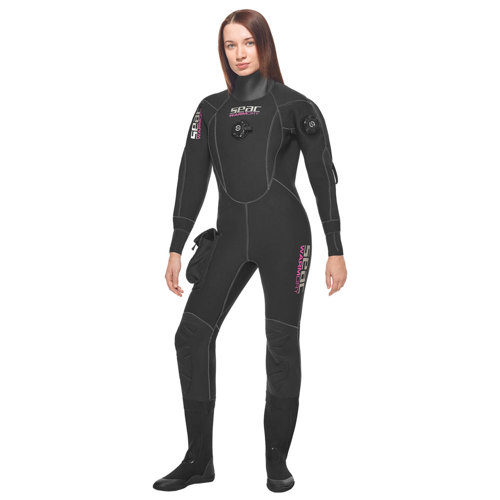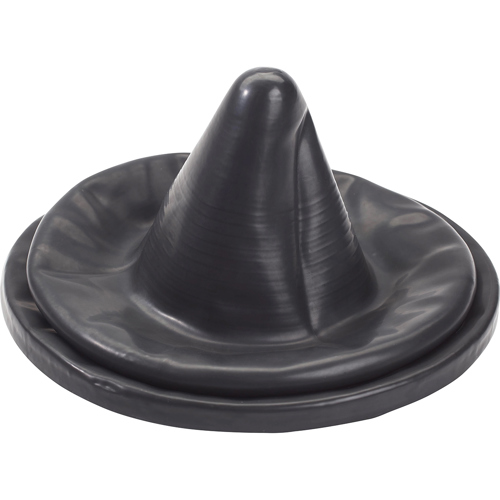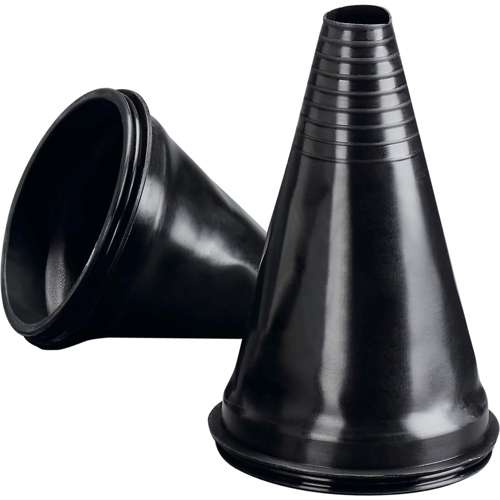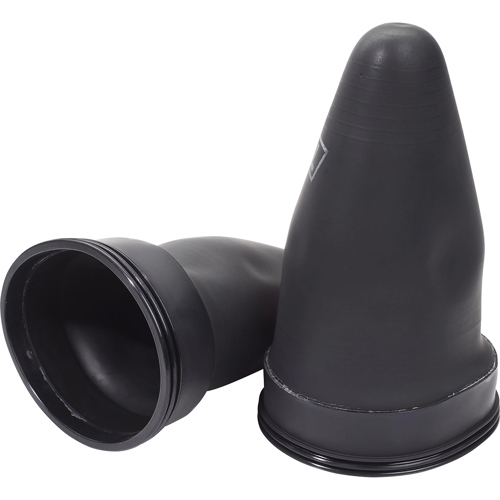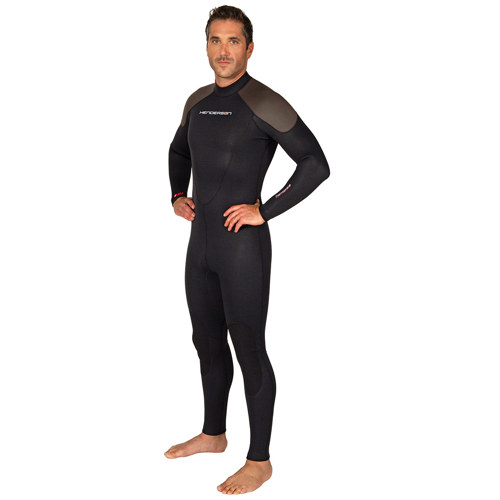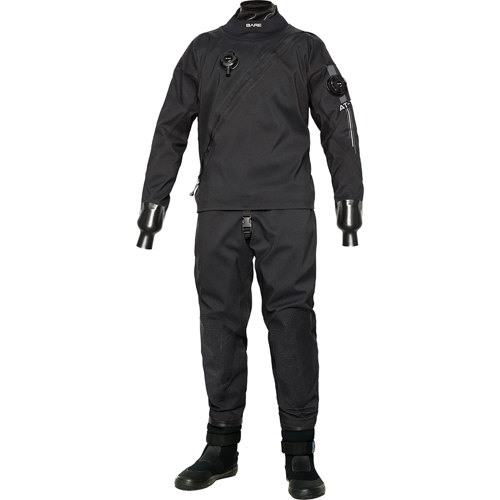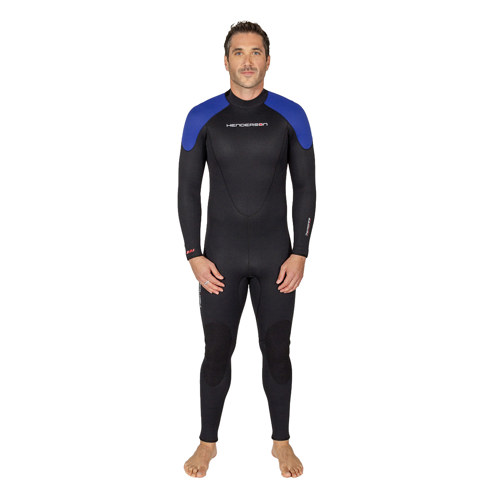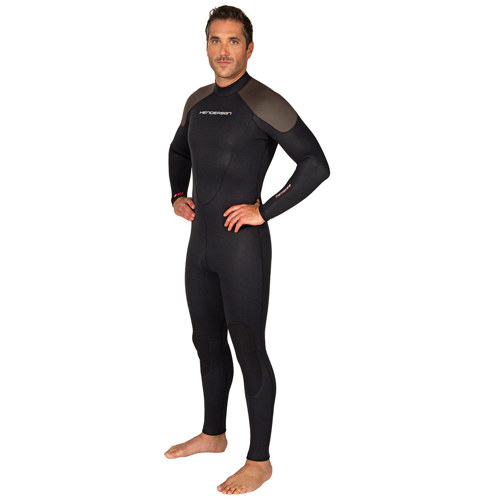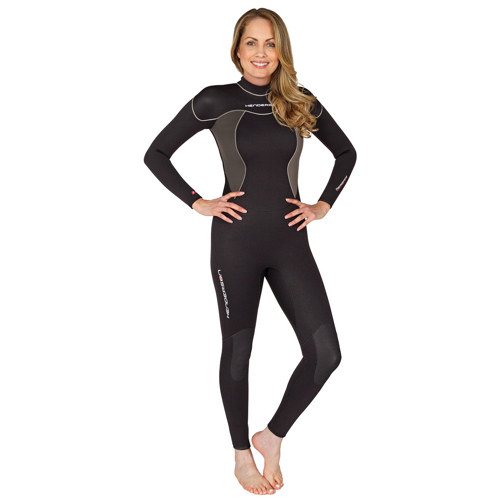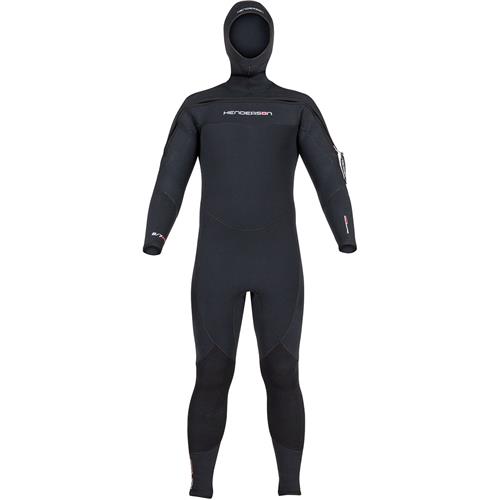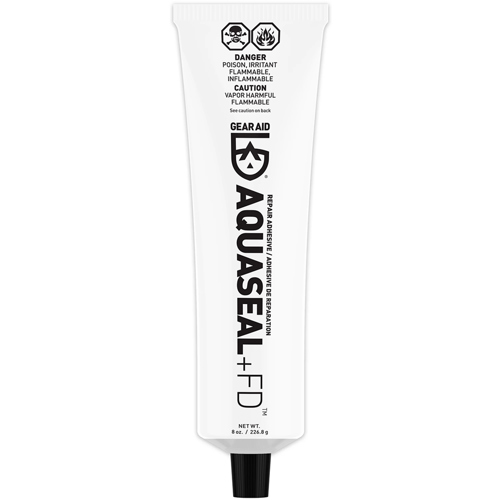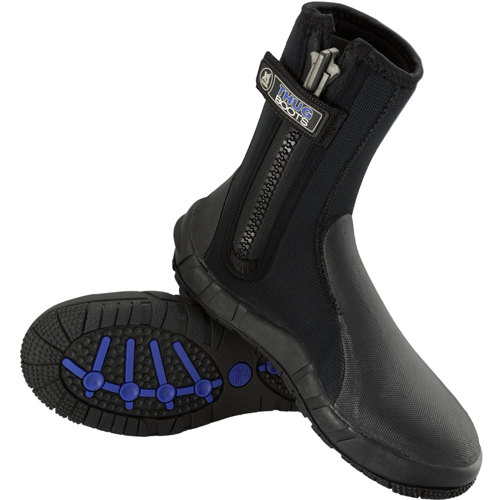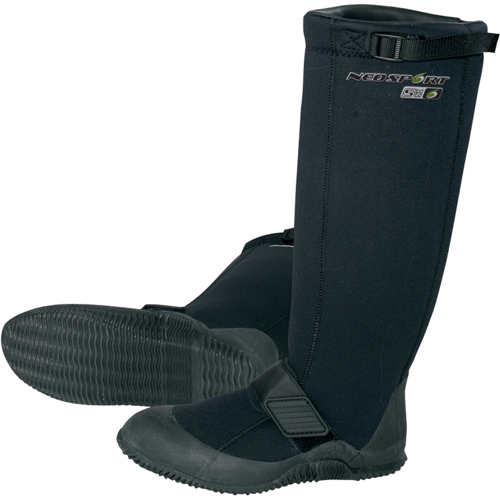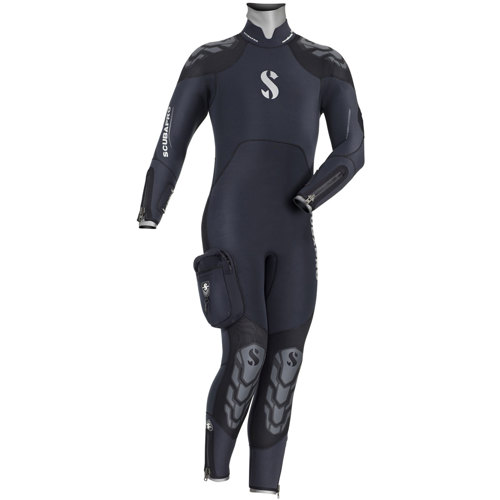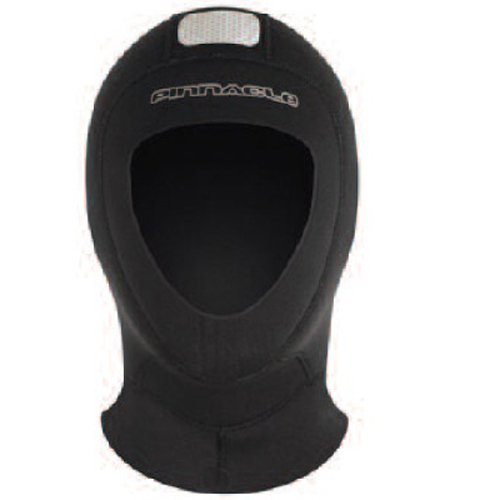Drysuit seams are the unsung heroes of cold-water diving, providing the crucial barrier that keeps you dry and comfortable beneath the surface, even as the seasons shift into the chillier months of autumn and winter. Whether you’re a seasoned technical diver exploring shipwrecks off the coast, a dive instructor guiding students through certification courses, or an adventurous snorkeler braving brisk northern waters, the construction and integrity of your drysuit seams play a pivotal role in your underwater experience. As temperatures drop in October and beyond, the demands on your exposure protection increase. Drysuit seams are typically constructed by joining panels of tough, waterproof fabric—often trilaminate or neoprene—using rot-proof nylon thread in double or triple rows for added durability. After stitching, these seams are meticulously sealed, either by hand with specialized seam sealants or through the application of heat-activated or hot-melt tapes, ensuring that not a drop of water finds its way inside. The result is a suit that can withstand the rigors of repeated dives, abrasive surfaces, and the constant flexing that comes with movement underwater.
For divers who put their gear through heavy use—like instructors, public safety divers, or those who log dozens of dives each season—seam durability is a top priority. Over time, even the most robust drysuit seams may develop minor leaks or wear, especially at stress points like knees, elbows, and crotch areas. Fortunately, maintaining and repairing these seams is straightforward with the right materials and a bit of know-how. Small leaks can often be addressed with flexible adhesives such as Seam Grip or Aquaseal, which form a waterproof bond while allowing the fabric to flex naturally. For larger tears or high-wear areas, patches made from similar drysuit material, applied with adhesive and reinforced with additional seam tape, can restore the suit’s integrity. Many divers keep a repair kit handy in their dive bag, especially during travel or on extended trips, ready to perform quick fixes that can mean the difference between a successful dive and a missed opportunity. The process—flattening the fabric, tracing and applying a patch, and carefully sealing the edges—becomes second nature after a few tries, and the satisfaction of diving in a dry, reliable suit is well worth the effort.
Drysuit seams and their maintenance are relevant not only for active divers but also for those looking to gift practical, thoughtful gear to the water sports enthusiast in their life. A well-maintained drysuit, with expertly sealed seams, extends the diving season well into the colder months, making it an appreciated investment for anyone keen to explore underwater worlds year-round. For those interested in the construction and advantages of different seam types, exploring options like
Stitched Seams Drysuits can provide insight into the craftsmanship and engineering that go into these essential pieces of equipment. Whether you’re gearing up for a winter dive trip, preparing for technical training, or simply ensuring your suit is ready for the next underwater adventure, understanding and caring for your drysuit seams is key to staying comfortable, safe, and dry beneath the waves.

